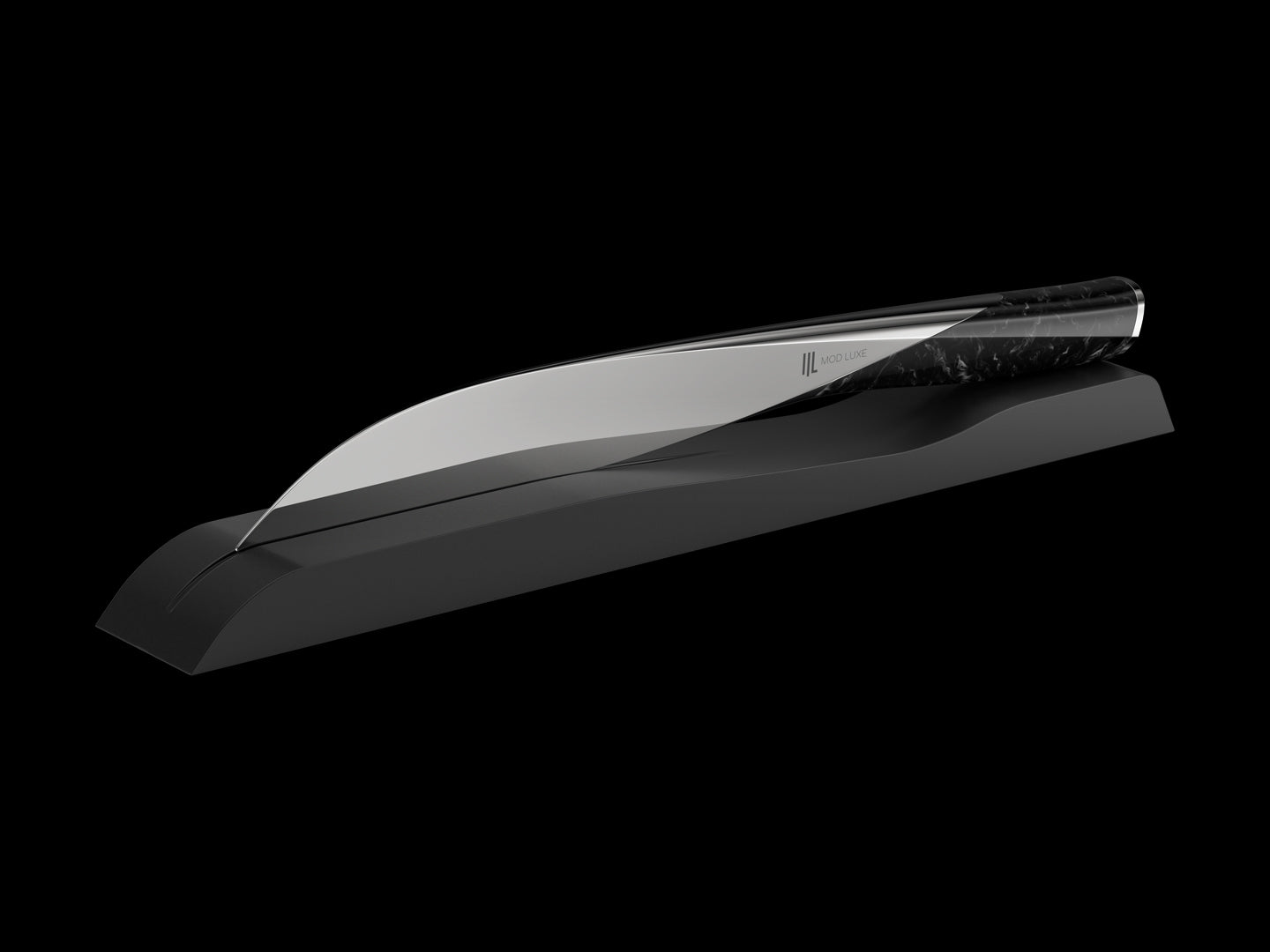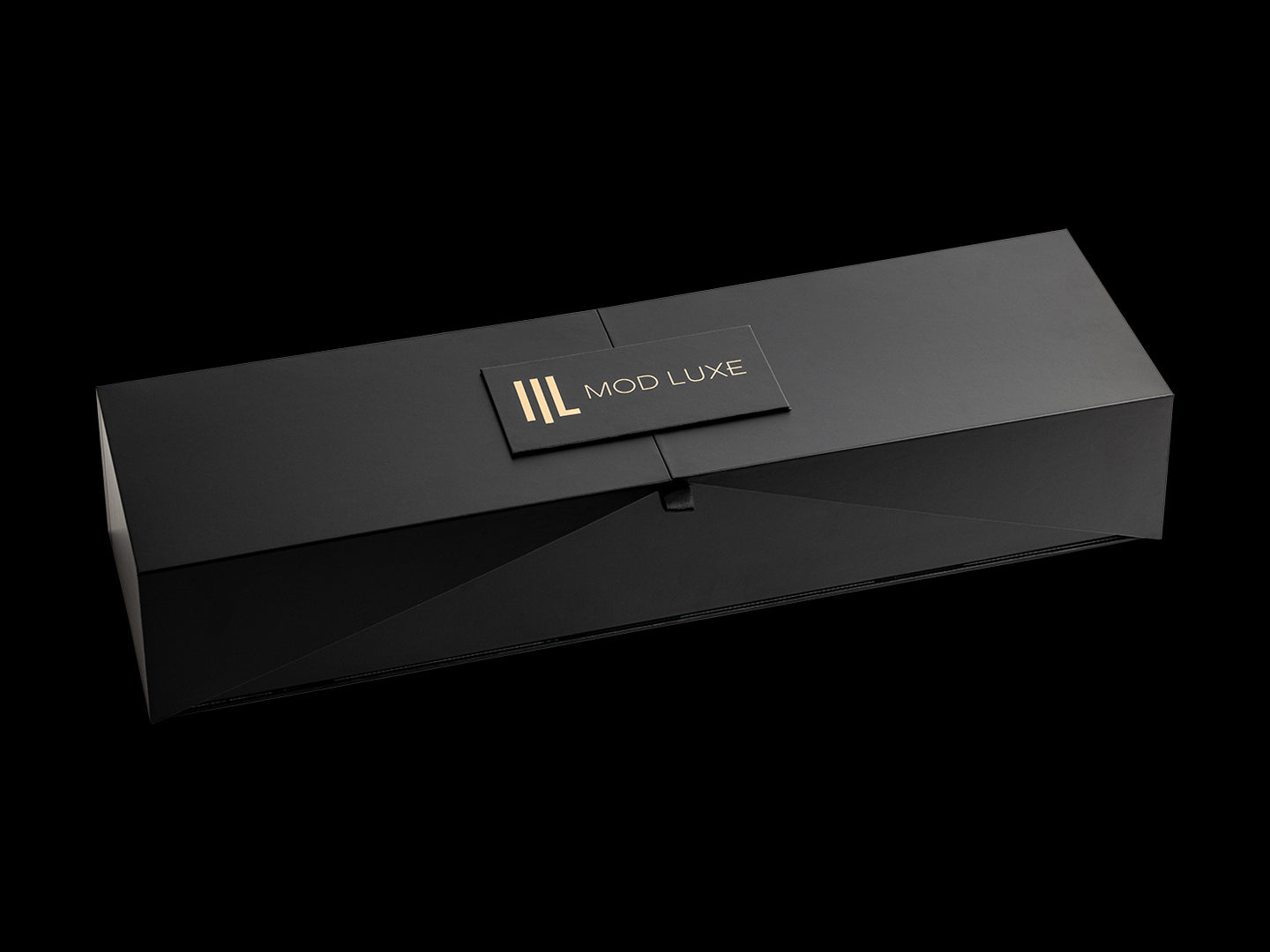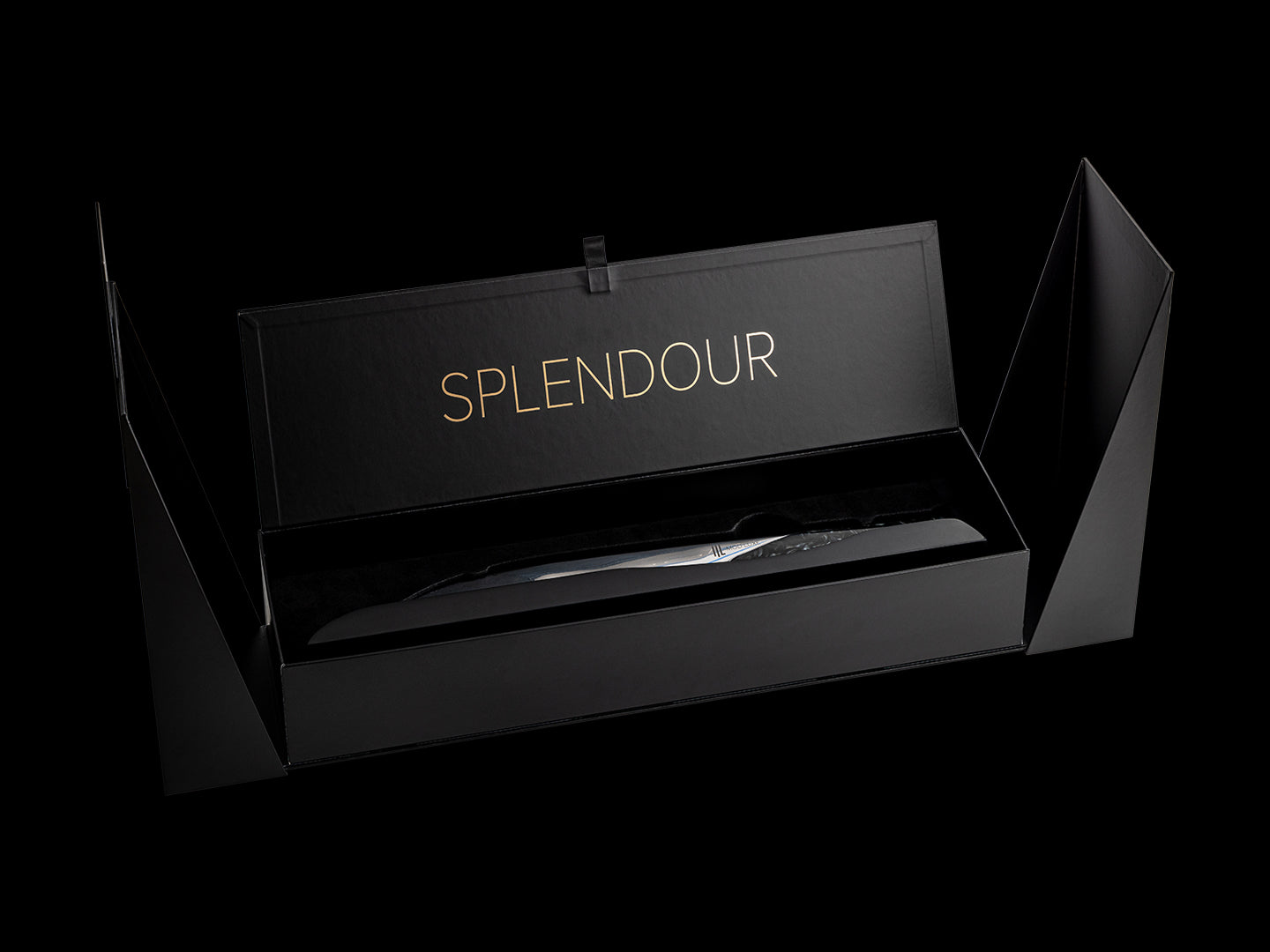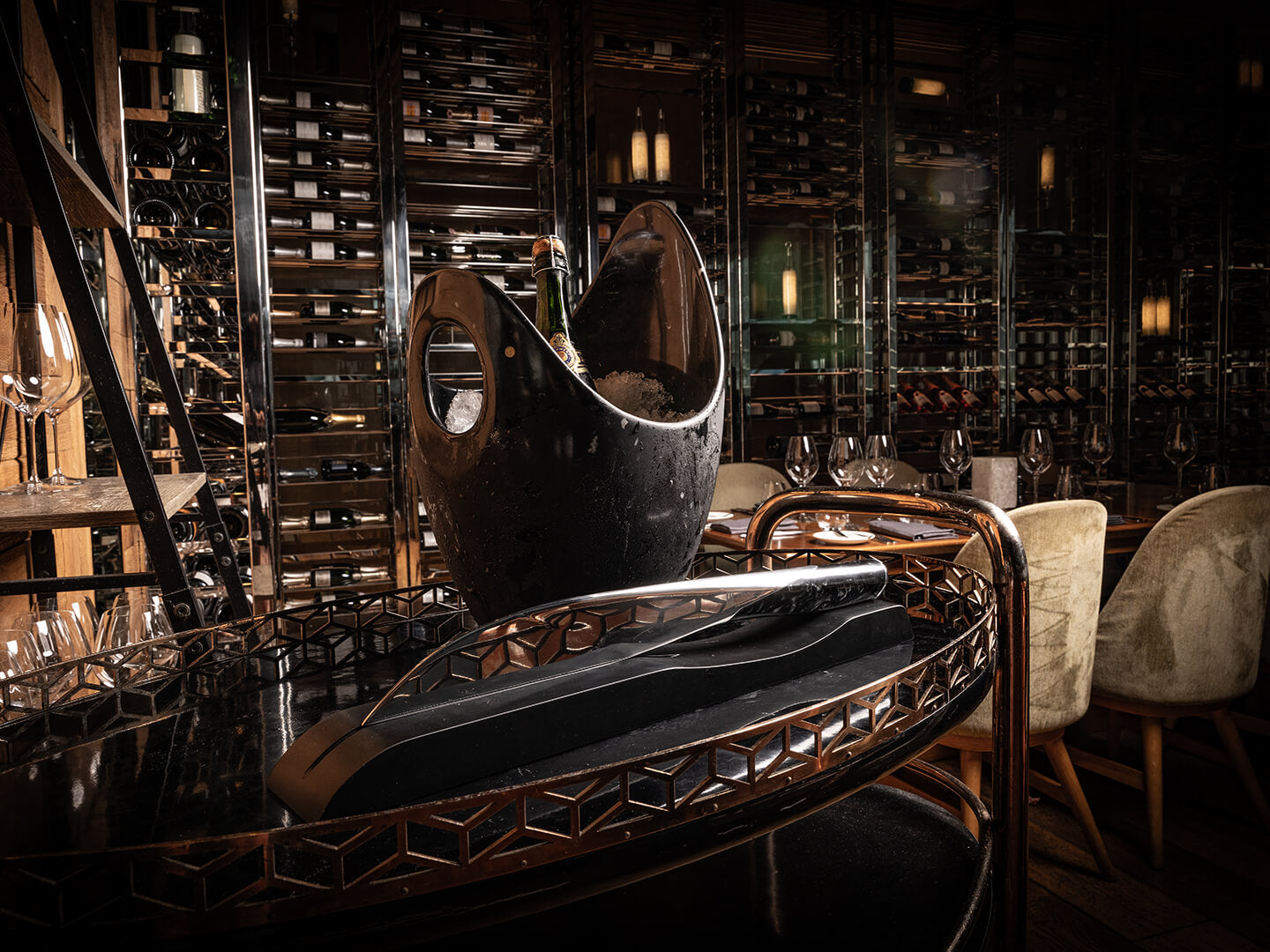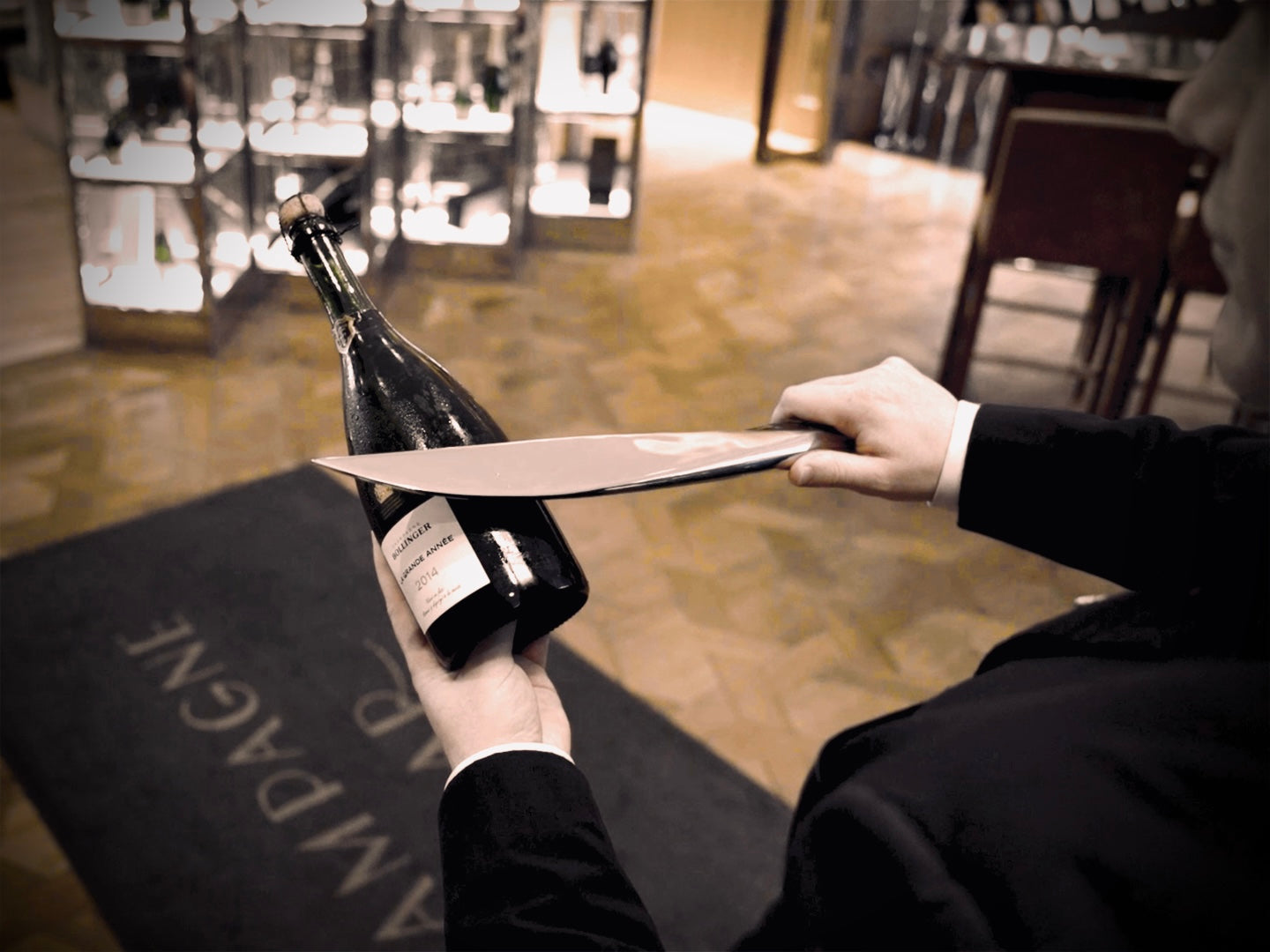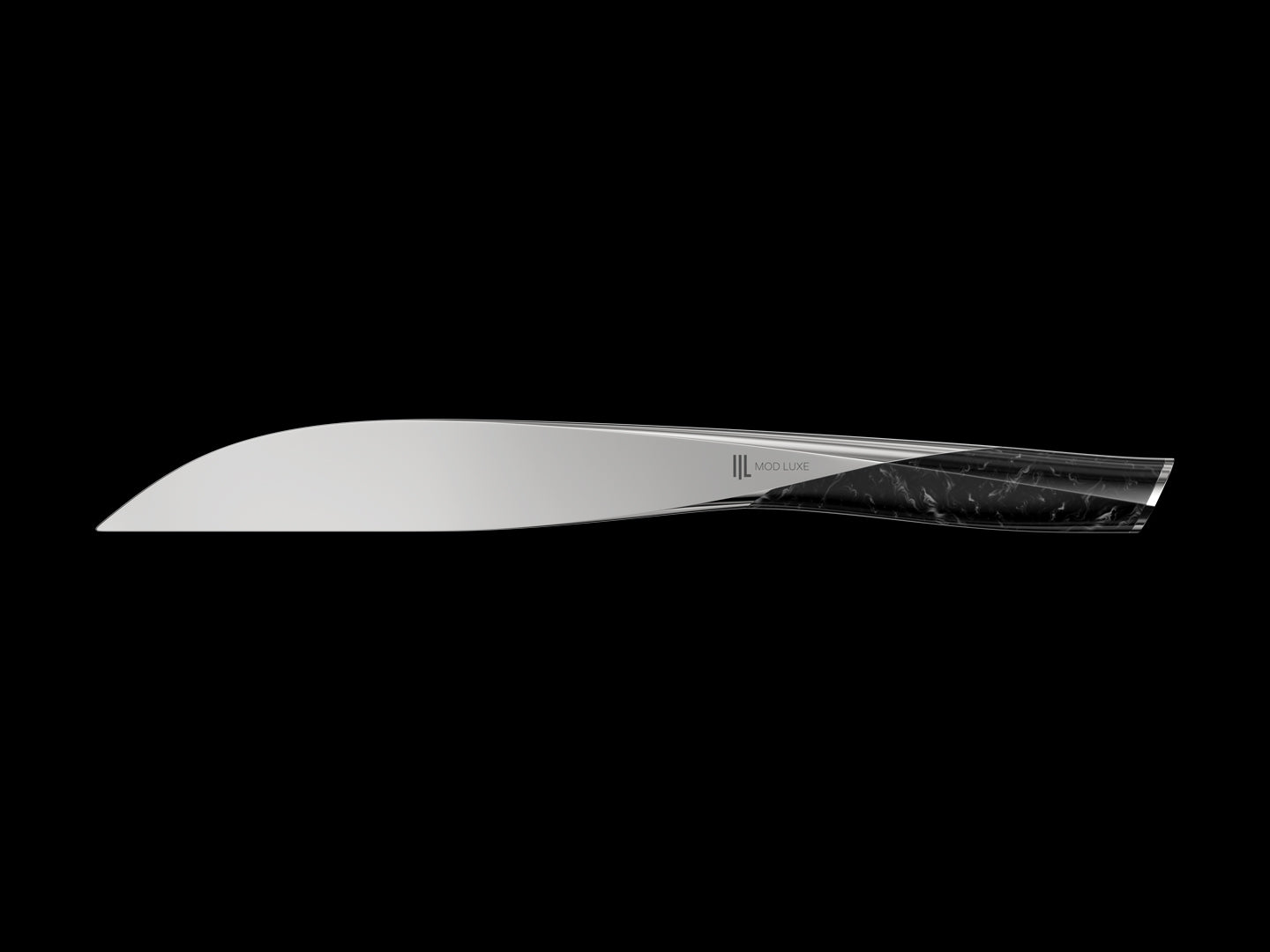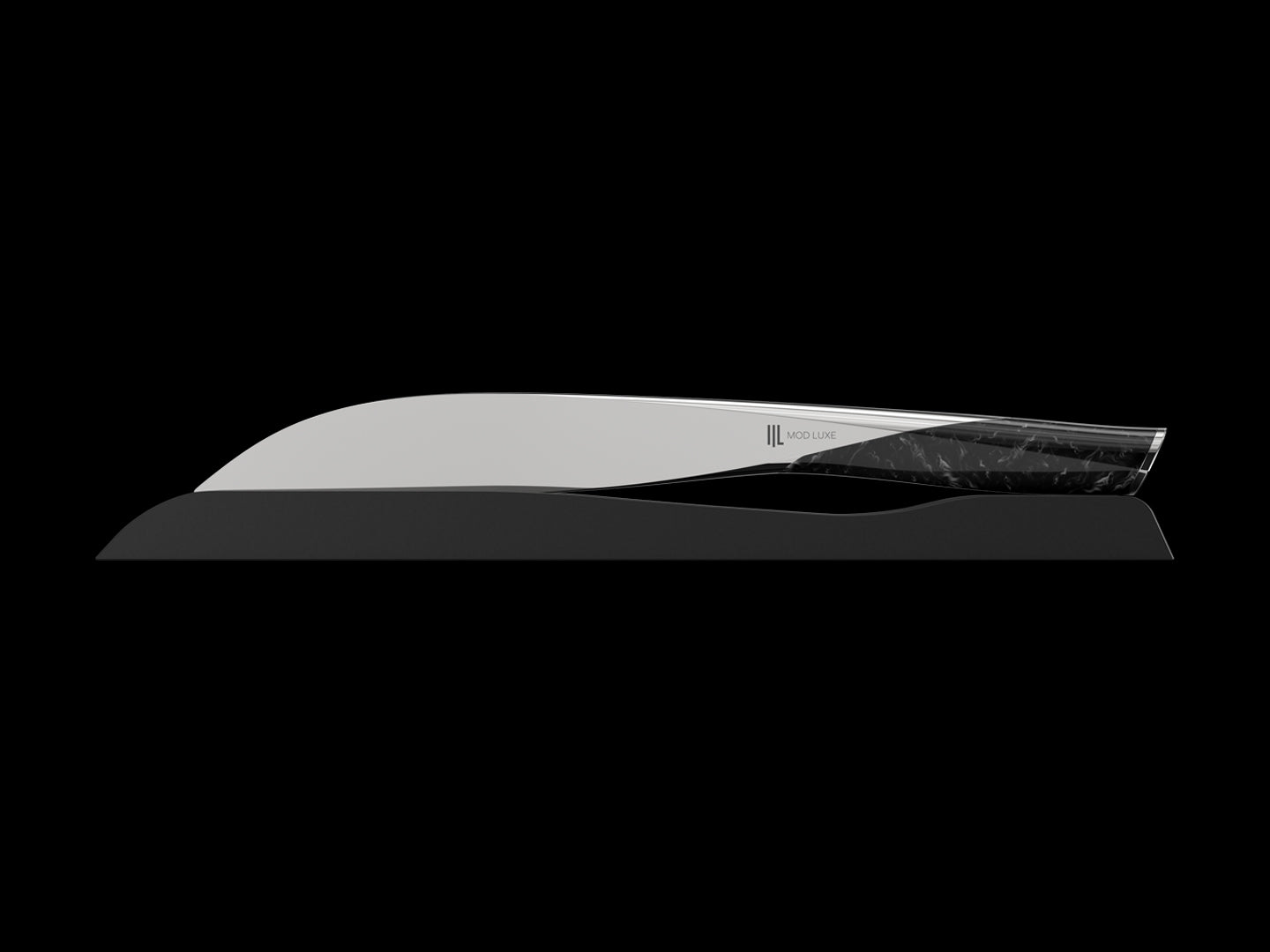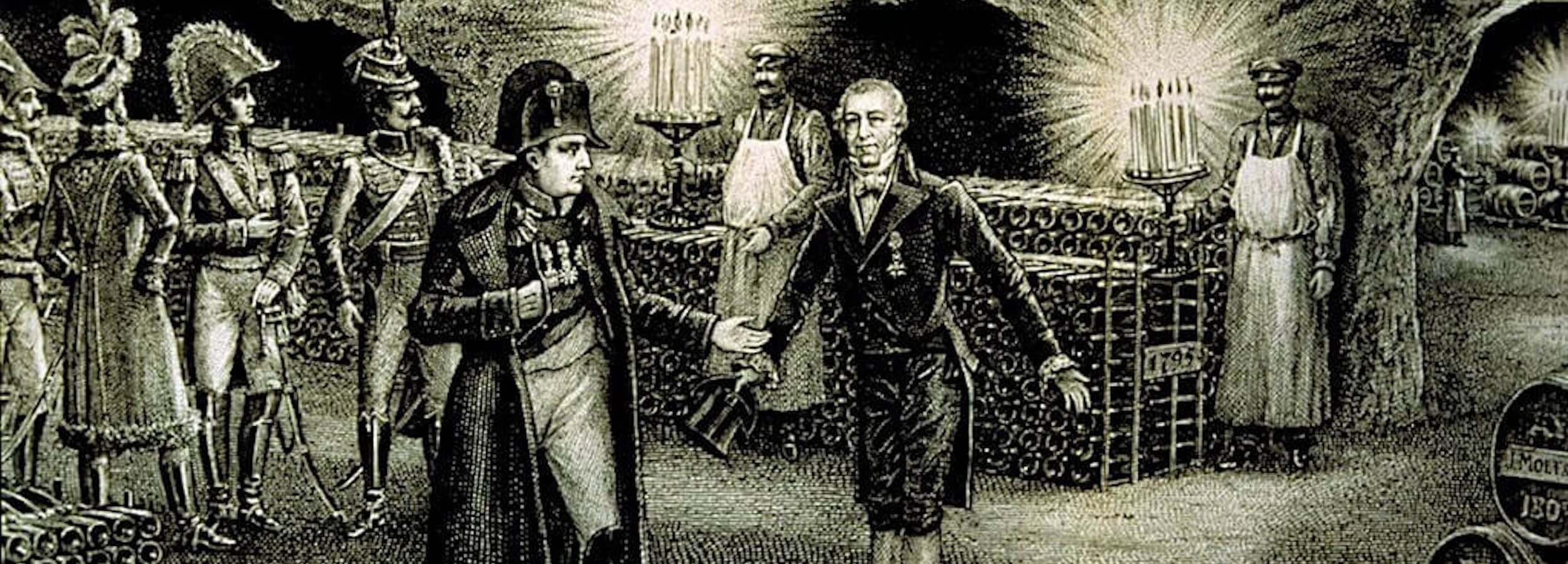New to Sabrage?
Learn How to Master the Technique
Whether you're celebrating a wedding, corporate event, or personal achievement, elevate your experience by following this step-by-step guide.
Before You Begin: Ensure Safety
- Perform sabrage in an open area, away from people, pets, and fragile objects.
- Ensure there is ample space for the cork and glass collar to fly freely.

Step 1
Chill the Champagne
Ensure the bottle is properly chilled before attempting sabrage. The ideal temperature is between 3–5°C (37–41°F), as proper chilling reduces foaming and helps achieve a clean break.
For best results, chill the bottle in the fridge for at least 4 hours. If using an ice bucket, 30 minutes is usually enough. For quicker chilling, place the bottle neck-down in the ice bucket; this allows the neck to reach the optimal temperature more quickly, which is essential for a successful sabrage.
PREPARE THE BOTTLE
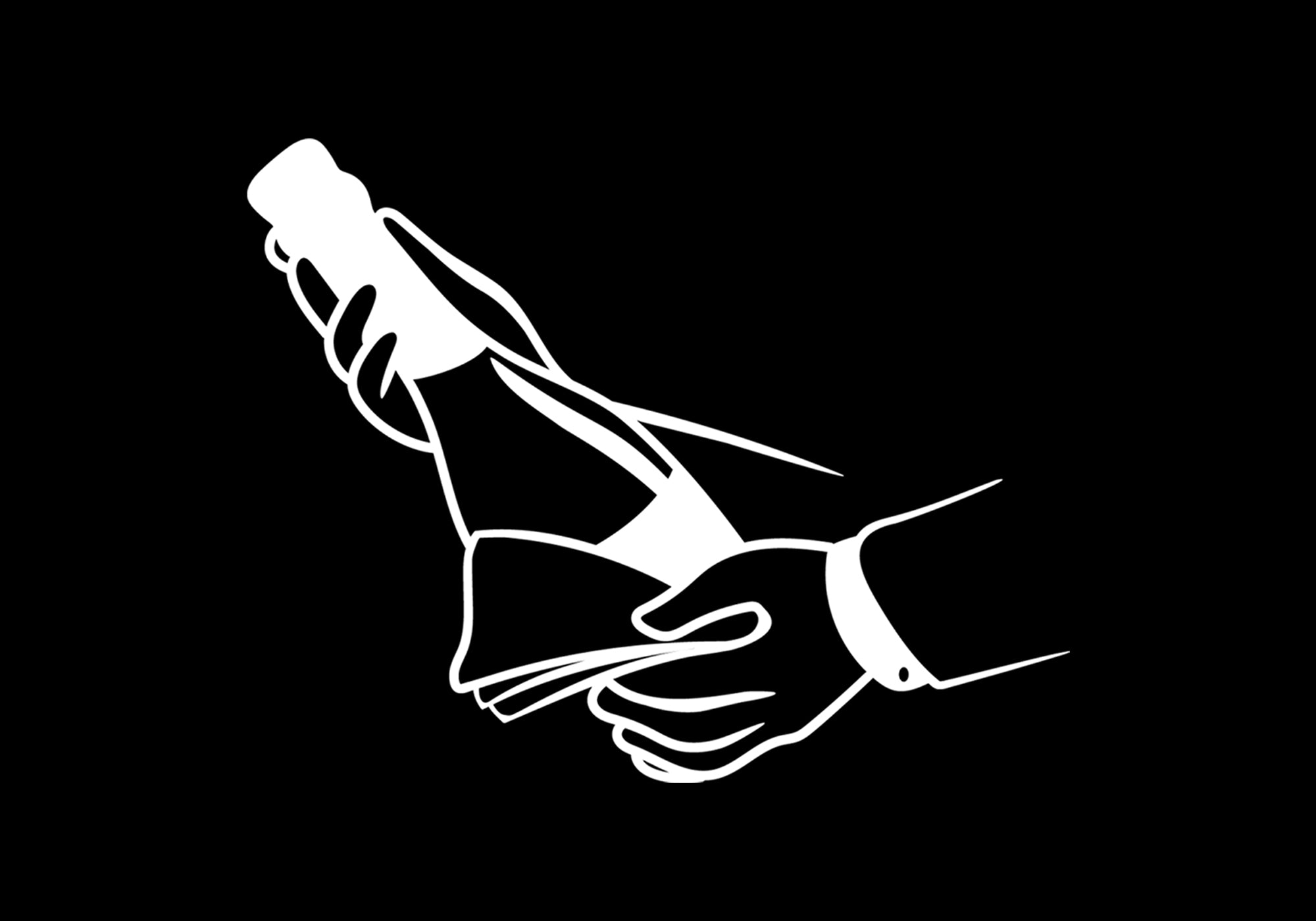
Step 2
Wipe the Bottle
Wipe the bottle dry to ensure a firm, secure grip.
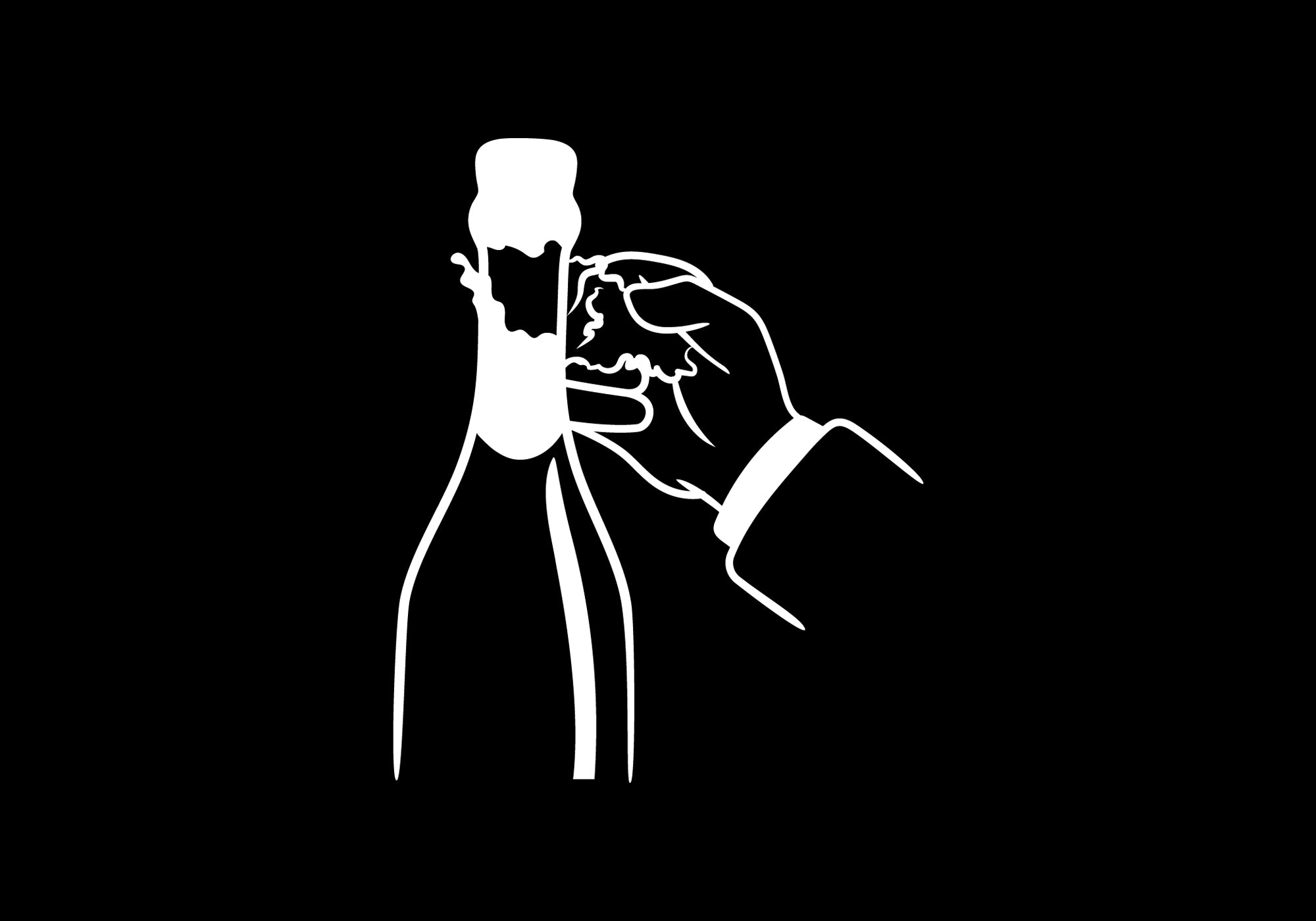
Step 3
Remove the Foil
Without shaking the bottle, carefully remove the foil covering the cork to fully expose the bottle’s neck. This ensures a clear path for the sabre.
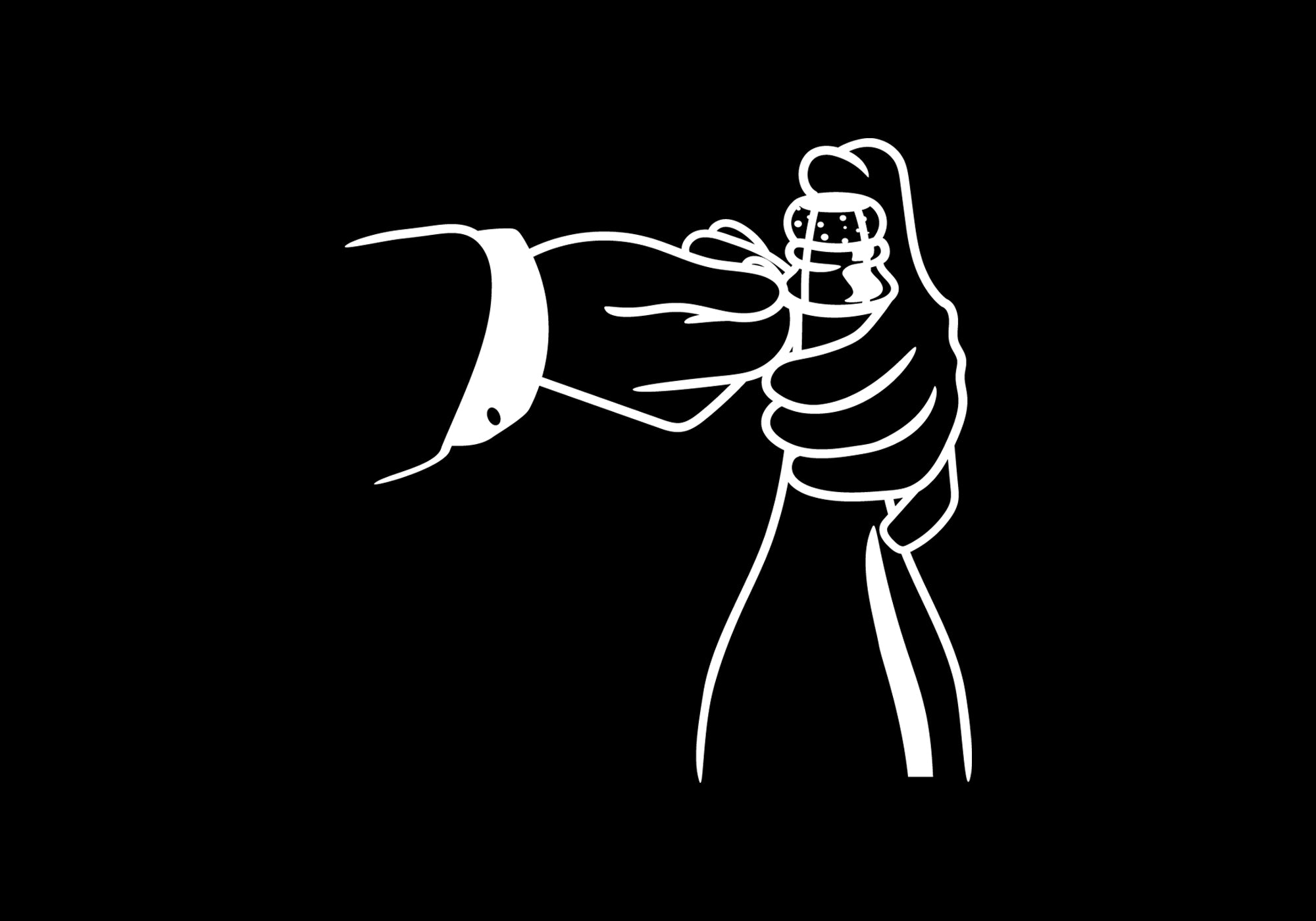
Step 4
Remove the Wire Cage
Loosen and remove the wire cage by twisting the loop anticlockwise, keeping your thumb on the cork to prevent it from popping unexpectedly.
Find Your Grip and Position
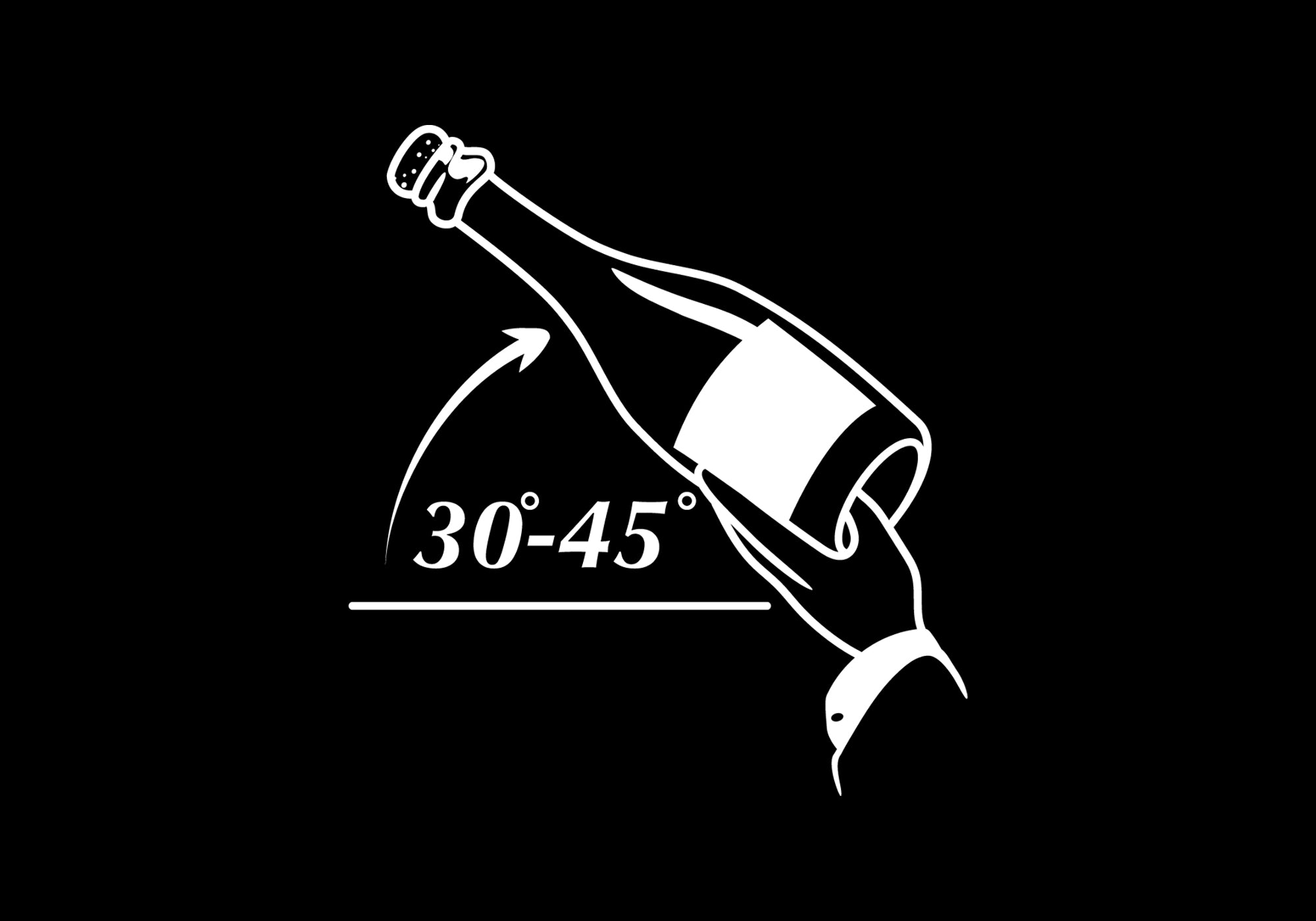
Step 5
Position the Bottle
Hold the base of the bottle with your non-dominant hand, placing your thumb in the dip (punt) at the bottom for stability. Tilt the bottle at a 30-45-degree upward angle away from yourself and others to ensure the cork flies safely away.
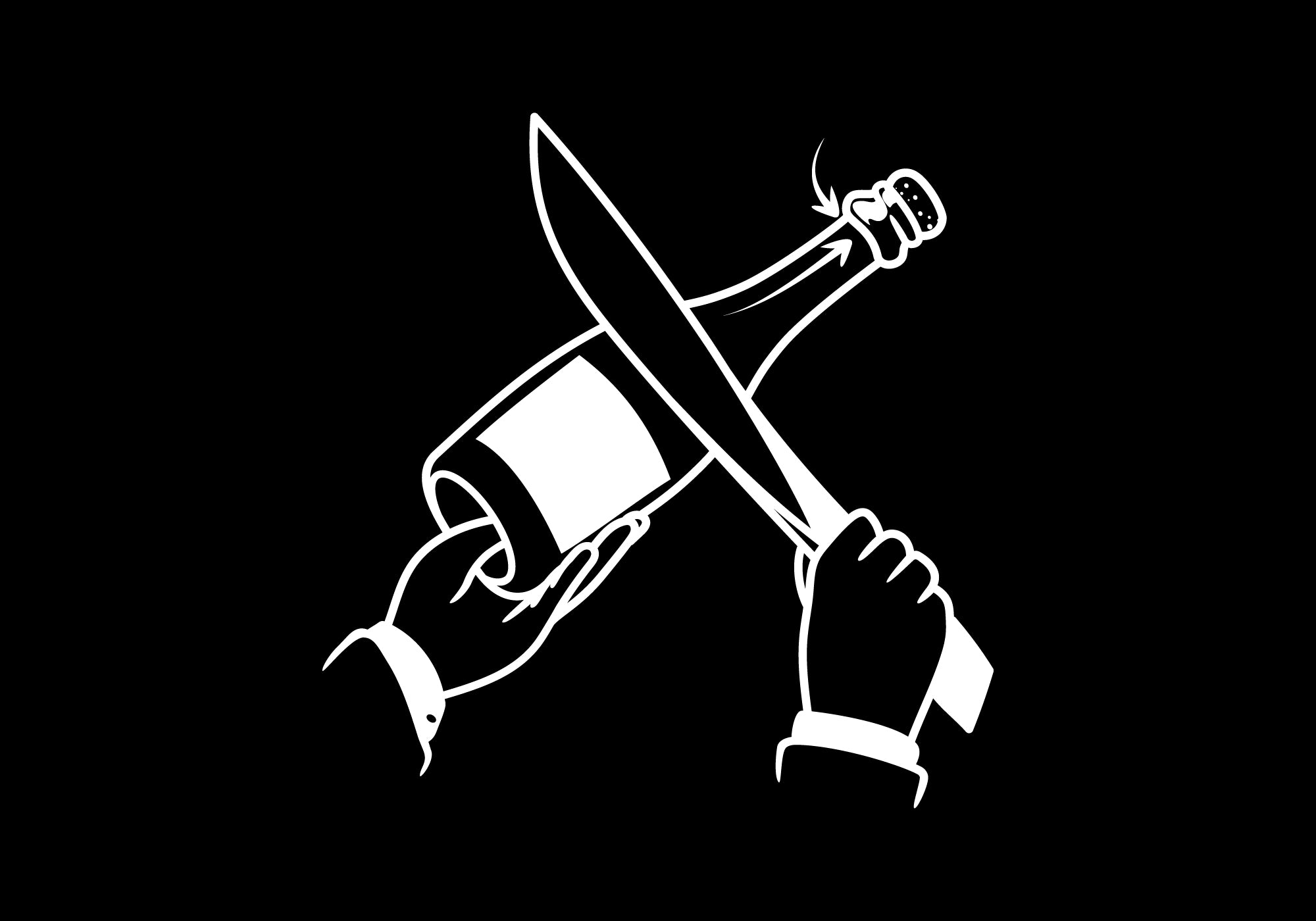
Step 6
Position the Sabre
Locate the seam of the bottle (the vertical line where the glass is fused).
Grip the Champagne Sabre with your dominant hand and place the flat side of the blade firmly against the seam, positioning it near the base of the bottle’s neck. Aim toward the point where the seam meets the lip - this is the bottle’s weakest point, ideal for achieving a clean break.
Step 7
Perform the Strike
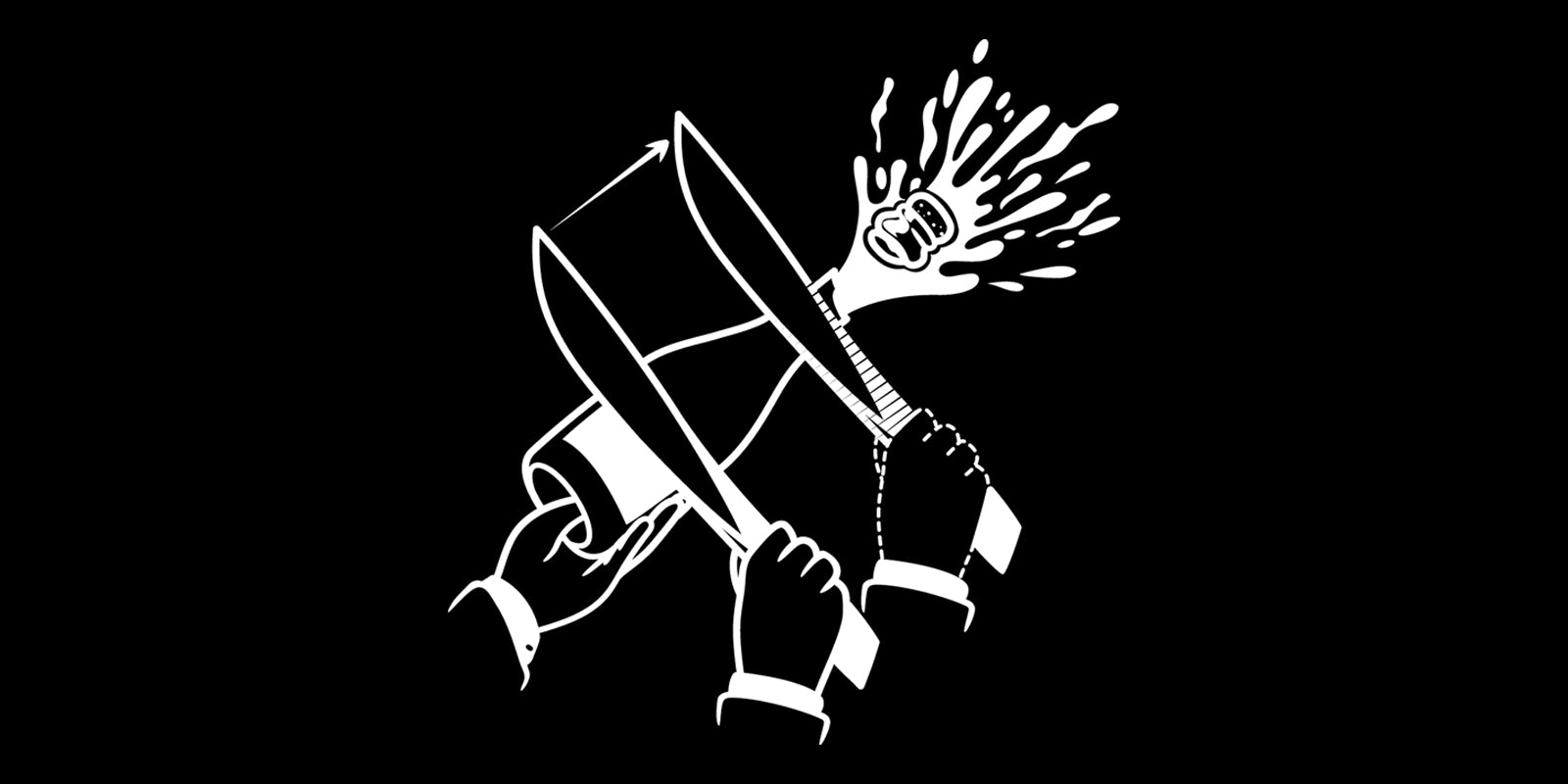
In one smooth, confident motion, slide the sabre along the seam toward the lip, leveraging its weight rather than applying excessive force. Follow through past the lip of the bottle to allow the cork and glass collar to fly freely.
Voilà! Toast to Your Success!
Master the Art of Sabrage
with Our Exclusive Expert-Led Masterclass
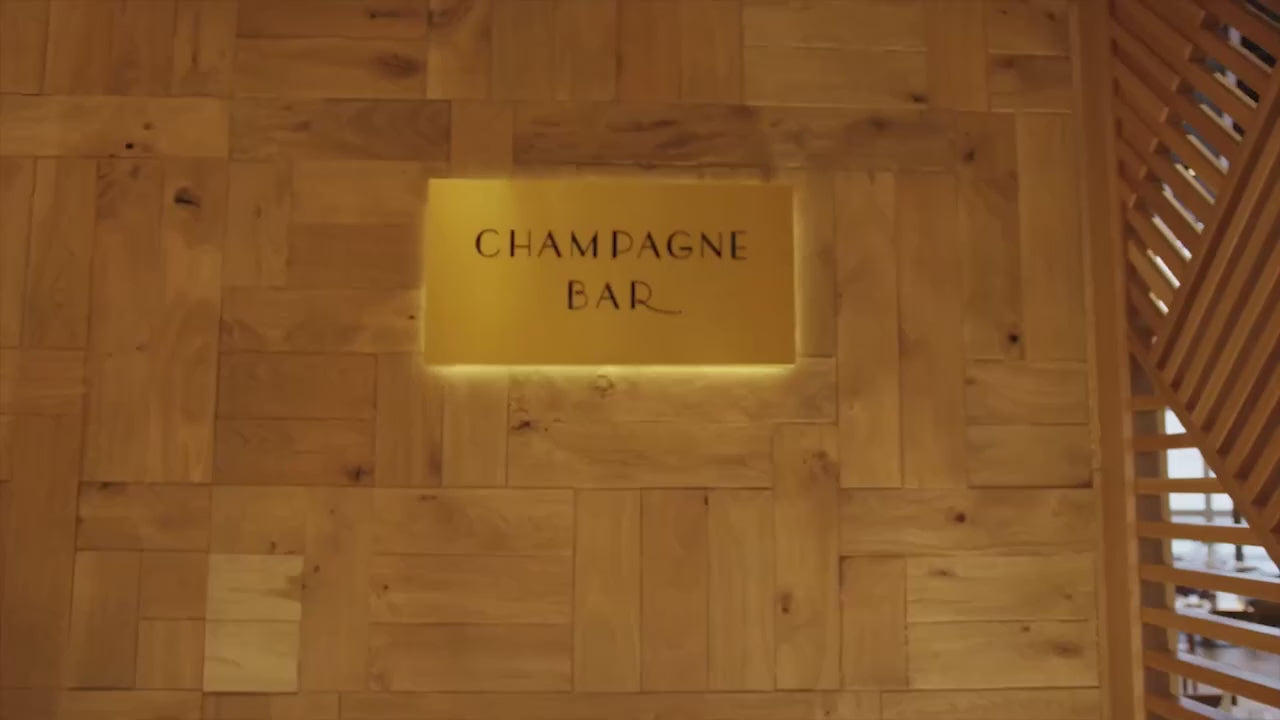


Environmental Responsibility
If you're performing sabrage near fragile objects, people, or water, use a sabrage chain. This helps catch the cork and glass collar, adding safety and preventing littering or water contamination.
Always collect and properly dispose of corks and glass fragments to protect the environment.
Embrace responsible sabrage with #SabrageWithCare
Master the Art of Sabrage with a Chain for Added Safety and Environmental Protection
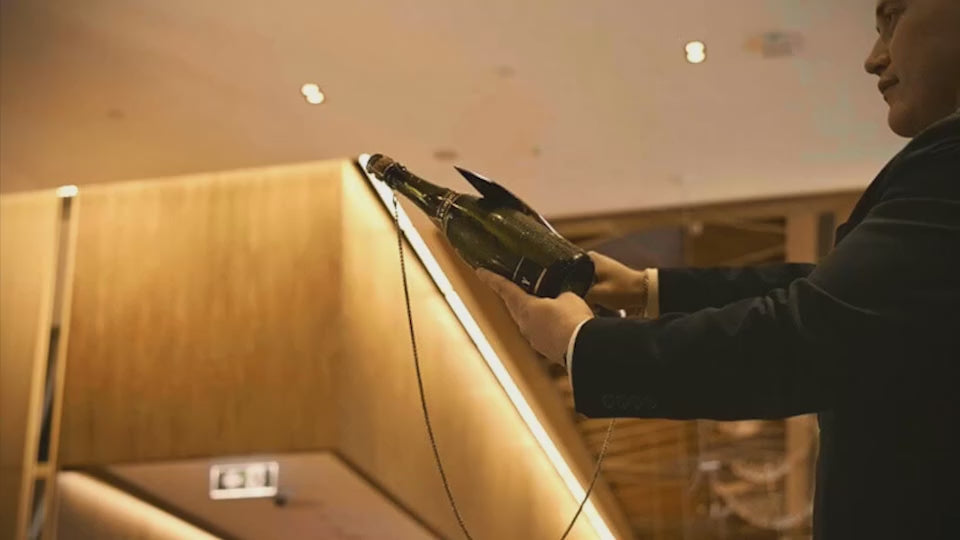
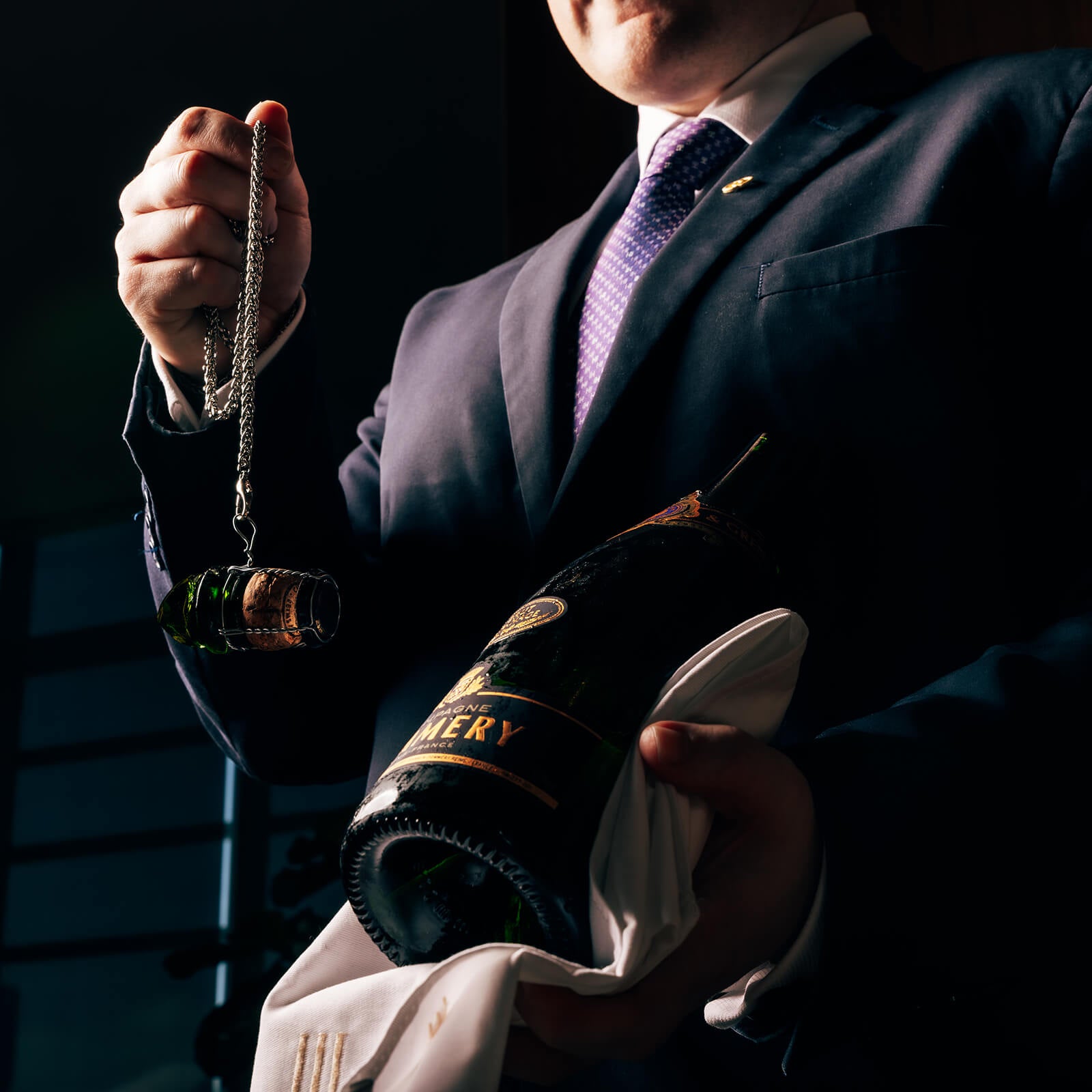
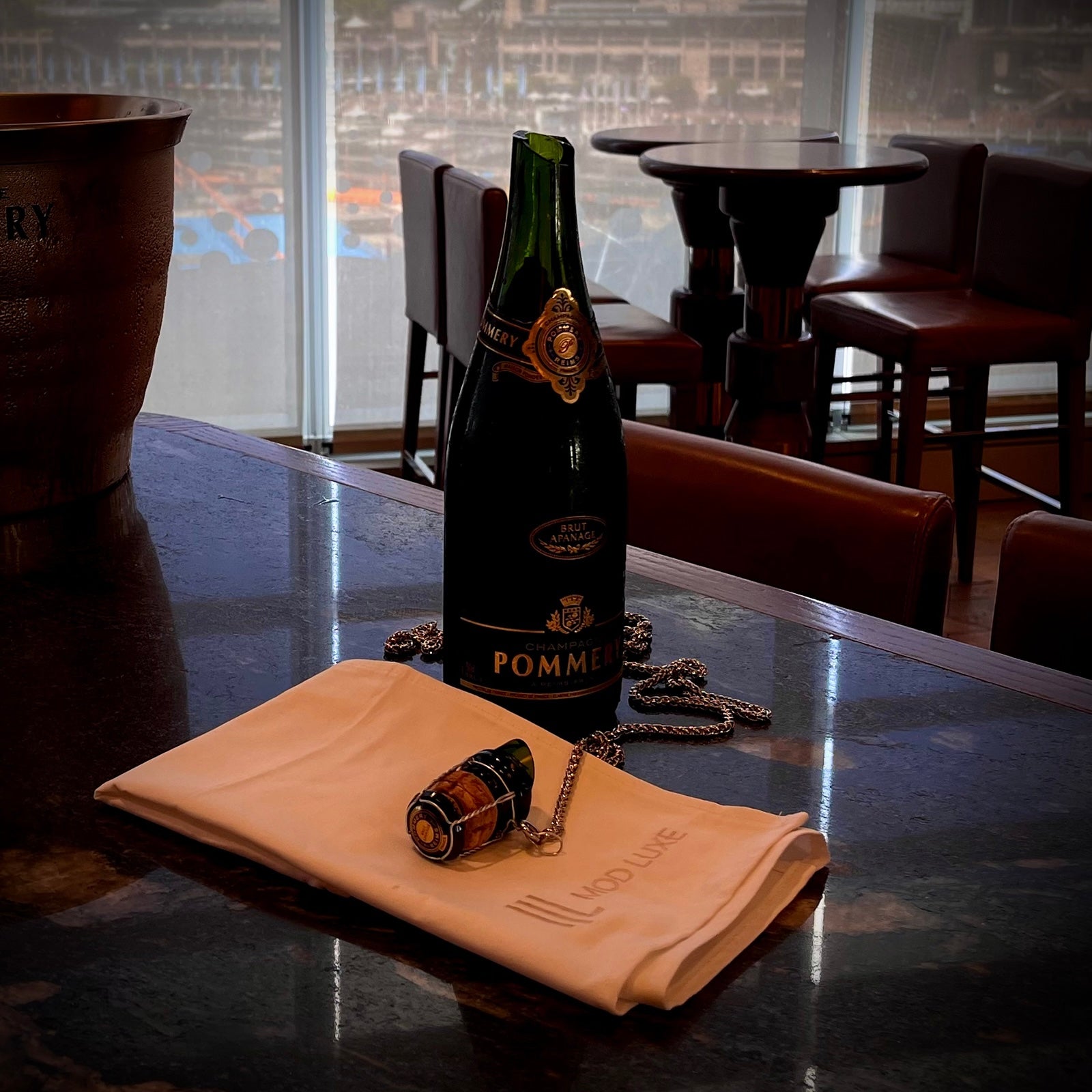
Discover Expert Tips for Safe And Successful Sabrage Experience
Perfecting Your Technique
If it's your first time performing sabrage, rehearse your motion a few times before striking by sliding the sabre along the seam of the bottle, stopping just before the lip. Avoid making contact with the lip during practice. Repeating this motion will help build confidence and ensure a smooth, controlled strike.
If the sabrage doesn’t work on the first strike, don’t worry - here’s what to do:
- Try Again: Give the bottle another strike along the same seam.
- Switch Sides: If the second strike doesn’t work, twist the bottle to target the seam on the opposite side. Some bottles have thinner glass at the seam-lip junction on one side.
- Chill the Bottle: If the cork still doesn’t release after one or two additional attempts, place the bottle back in the ice to chill it thoroughly. Insufficient chilling can make sabrage more challenging.
Always ensure the bottle is properly chilled (approximately 3-7°C) for a smoother sabrage experience.
For Added SAFETY
For safe and successful sabrage, select high-quality champagne bottles with a classic straight neck and a thick, sturdy glass. Standard flute-shaped bottles are ideal, as they are traditionally manufactured to withstand the sabrage process. Avoid any bottles with unusual shapes, cracks, chips, or imperfections, as these can weaken the glass and increase the risk of accidental breakage.
Allow a small amount of champagne to flow out after sabrage to rinse away any potential glass shards. Before pouring, carefully inspect the bottle’s edge to ensure it is free of glass fragments.
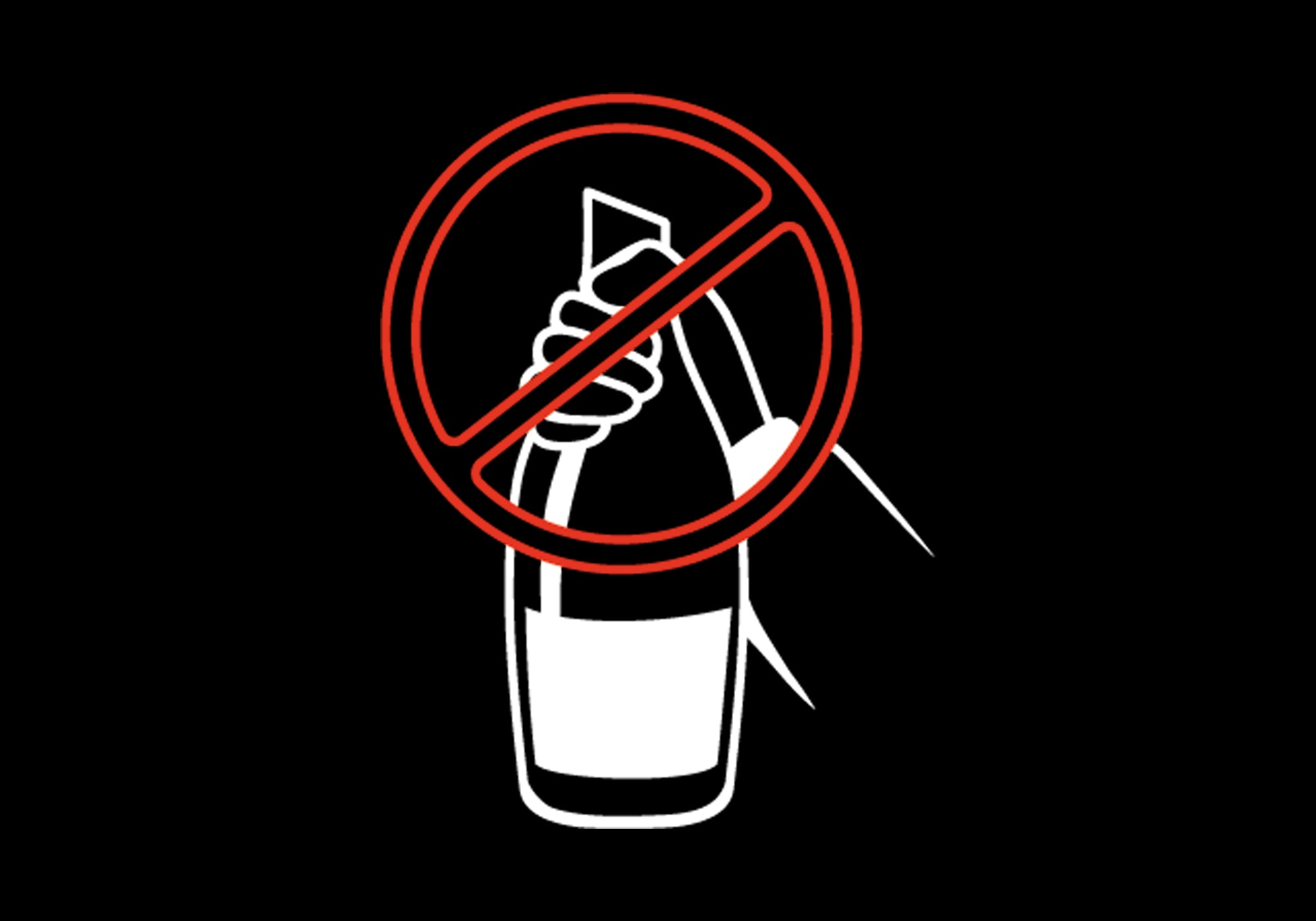
After opening
NEVER Hold the Bottle by its Neck
Once the bottle is opened, keep a firm grip by holding it at the base (never by the neck).
Always hold the bottle by its base after sabering. Avoid holding it by the neck, as it can become slippery and may slip out of your hand.
Frequently Asked Questions
For safe and successful sabrage, select high-quality champagne bottles with a classic straight neck and a thick, sturdy glass. Standard flute-shaped bottles are ideal, as they are traditionally manufactured to withstand the sabrage process. Avoid any bottles with unusual shapes, cracks, chips, or imperfections, as these can weaken the glass and increase the risk of accidental breakage.
Sabering a Champagne bottle can be safe when done correctly. The high pressure inside the bottle forces out any glass shards, leaving the wine safe to drink. However, it's essential to use a proper sabering tool and follow safe techniques. Incorrect sabrage can lead to accidents, so it's advisable to practice under expert guidance or watch detailed tutorials.
Sabrage, the dramatic art of opening a Champagne bottle with a sabre, traces its origins to the Napoleonic era. It's said that Napoleon's hussars would celebrate their victories by swiftly slicing the necks of Champagne bottles with their sabres, making this bold gesture a symbol of triumph and celebration. Today, sabrage continues to captivate, offering a unique and thrilling way to celebrate with flair.
Yes, you can saber other types of sparkling wine, such as Cava, Prosecco, and sparkling wine from other regions. However, Champagne bottles are typically designed with thicker glass and withstand higher pressure, making them more suitable for sabrage. While it's possible to saber other sparkling wines, the lower pressure might make it more challenging and increase the risk of accidents.
Sabrage is a technique that relies on an understanding of the physics at play. During the second fermentation, champagne bottles build up considerable pressure from carbon dioxide – reaching around 620 kilopascals. With a small 18-millimeter opening, this pressure exerts about 160 Newtons of force on the cork, which is always trying to push it out.
The bottle has a few critical stress points: the lip (where the bottle opens) and the vertical seam along the body. At the intersection of these stress points, the glass is about 50% weaker, creating a natural vulnerability. When a blunt saber strikes this weak spot, it initiates a crack that quickly propagates through the neck due to the high internal pressure. The combined momentum from the saber and the bottle’s internal pressure causes the top to fly off, often up to 5–10 meters.
The SPLENDOUR Champagne Sabre by MOD LUXE
elegantly combines refined aesthetics, sleek minimalist design, and exceptional functionality. This modern take on a timeless tradition adds a touch of drama and elegance to your celebration, while transforming it into an unforgettable moment of indulgence and style.
